Disclosure: This post may contain affiliate links. I earn a small commission of product sales to keep this website going.
You spent a lot of money on your drone! So why aren’t you caring for the drone batteries properly? After all, those are expensive also, and you don’t want to be replacing them more than you need to due to improper maintenance.
This article will cover proper drone battery storage & care to get the best possible life & performance out of them. Though this article will be specific to DJI drones with LiPo batteries, the principles can be applied to all manufacturers.
Much of the information here is straight from a battery nerd at DJI who provided some great insights into how to care for drone batteries.
How do drone batteries work?
Drone batteries aren’t just one big battery. They’re actually made up of a bunch of little batteries, called cells. These cells are made of a highly-volatile material that stores energy. All of the cells are combined, or added together, to power the drone.
This lithium material is also very sensitive to changes in energy, and this is important to remember. They need to be “exercised”, stored, and properly maintained to keep them in tip-top shape. This is often forgotten (or not even known in the first place).
Drone batteries, unlike your regular AA household batteries, also have little computers in them. These computers also need to be maintained because they help out with:
- Keeping track of how many times the battery has been used
- Monitoring the health of the battery cells
- Identifying battery temperature and malfunctions
- Maintaining the health of the battery
These computers are maintained via firmware updates that your drone controller will alert you to. It’s important to cycle through your batteries so that they’re all maintained with the most current firmware.
You don’t need to know how to build a drone battery to know how to properly maintain them. But I think that it’s important to recognize that they are indeed sensitive, complex parts and not just regular batteries! This will go a long way to keeping them in good shape.
Proper drone battery storage
Store your drone batteries at cooler temperatures. You don’t need to keep them in the refrigerator like you might have done with AA or 9V batteries. But if you store them in a hot shed or something like that, and it’s up in the 100F temperature range, your batteries will discharge exponentially faster and be able to recover less when you do go to charge them. Room temperature or cooler – 50F to 70F – is ideal.
If they’re in a really hot location, up around the 140F temperature range, they can actually enter a condition called thermal runaway and explode or catch fire.
Don’t freeze the batteries either. The act of freezing won’t necessarily damage them, but they can be damaged if used when the core is at those frozen temperatures. If they are frozen for whatever reason, bring them up to room temperature before charging or using them.
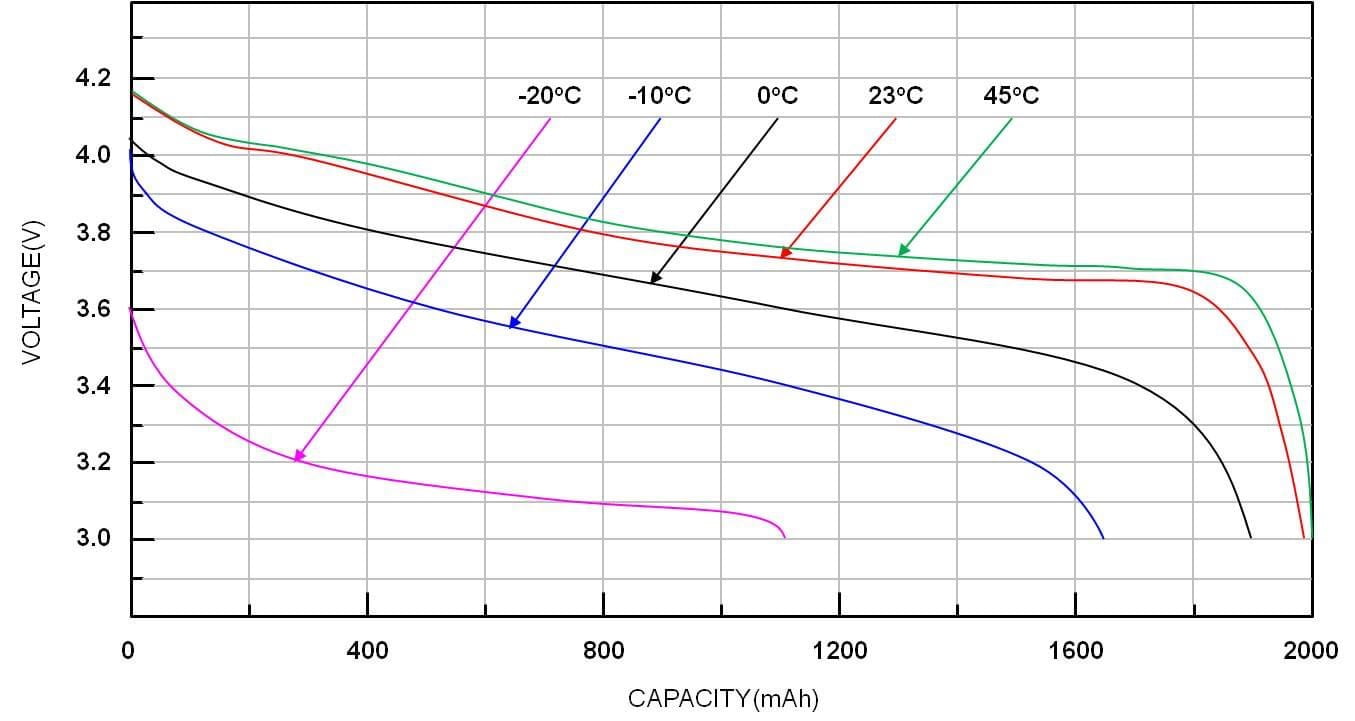
Short-term drone battery storage
What is “short-term storage” for drone batteries? A day? One week? A month?
Insiders will tell you that “short-term” is actually just 24-48 hours.
Avoid storing fully-charged drone batteries longer than 48 hours. Beyond that, you risk damaging the battery and shortening its life.
If you fully charged a battery but haven’t flown it for two days, you’ll want to discharge it to its “storage capacity,” between 40-50%. You can do this by hovering it down to 40% battery, or use a “storage” function on your charger if you have one.
Long-term drone battery storage
Do not store drone batteries empty, defined as less than 20%, for anything longer than a couple of days. If you store them below this level, they can discharge to the point where they won’t be able to accept a charge again. Some batteries do have a “hibernation mode,” but it’s not good standard practice to let them do this all the time.
Don’t store them completely charged either – they self-discharge faster when completely full, which is why we want to use them within a couple of days if they’re at this state. Severe battery degradation will occur, resulting in shorter flight times and shorter battery life. Tricky little buggers, aren’t they?
As mentioned above, the ideal long-term drone battery storage capacity is 40-50%. Get them there one way or another if it’ll be a while before they’re used again.
Some DJI batteries have a smart discharge feature that will bring them down to 60% if unused for more than 10 days (some models allow you to change this time). While this is a good “save,” don’t rely on it. Put them in this state as soon as possible yourself. But if you forget, the battery will do it later for you – and this will still shorten its life.
It’s not a bad idea to do a battery recalibration if they’ve sat unused for longer than three months. Bring the battery up to a full charge and then just hover until about 20%. This will “reset” the battery and circuits and put the battery in a condition where it’s ready to perform for you again. Monitor the voltage while you’re doing this to make sure nothing is abnormal.
How to properly charge drone batteries
Make sure you bring your drone batteries to room temperature before charging. Do not charge a frozen battery or one that is hot to the touch – both of these conditions can cause a fire or explosion.
Also, make sure you’re staying in the same location as your batteries during charging. Don’t put them on the charger and leave them there the entire day while you go out. Although the batteries and charging stations are pretty smart and can cut off charging when the battery is full, there’s still a risk of fire. You want to be home if this happens. It has happened to others.
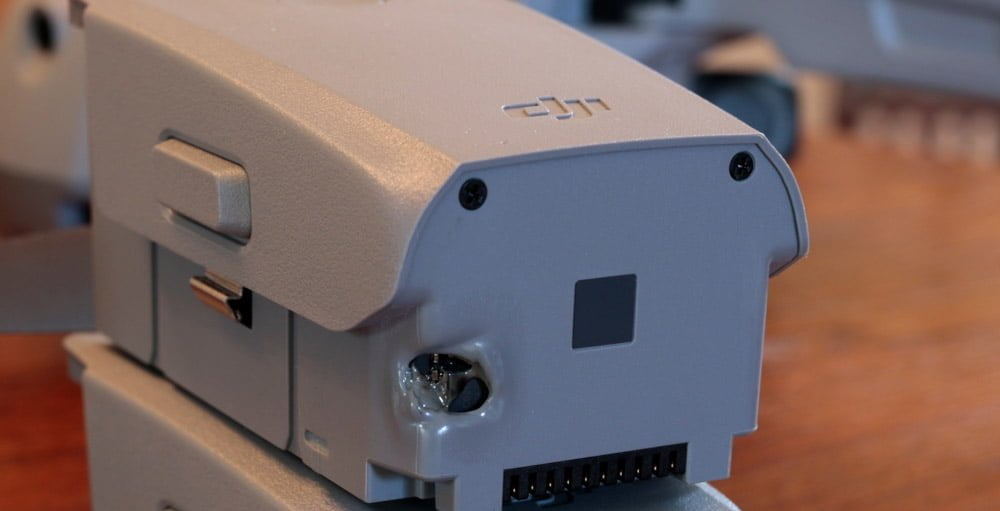
Before your flight
Charge your batteries just prior to use, like when you know you’re going out to fly later today or tomorrow. Only charge the batteries you know you’ll use.
This should be a part of your flight planning checklist.
Let them charge to their full capacity. Most chargers today will cut off charging when completely full.
After your flight
Many drone pilots are tempted to say, I’ll just fully charge my batteries when I get home from a flight so that they’re ready for next time.
Well, they’re not if that’s more than a few days away! Remember what we discussed above about long-term storage. They’ll discharge faster when completely charged and not used for a while, and this can shorten your battery life.
Do put them on the charger after a flight if they’re depleted, but be sure to cut it off at around 50% (two of four steady indicator lights). Be sure the battery has some time to cool right after a flight before charging.
Only fully charge your batteries after a flight if you know you’ll be flying within the next day or so.
Drone battery preflight
It is okay to start a flight with a partially-charged battery that was used earlier in the day without being recharged.
But you should never fly a battery that’s in the self-discharge state as damage will occur, along with rapidly decreased flight time. Remember, some batteries enter this self-discharge state if unused after ten days. If the battery hasn’t been used for ten days, charge it first.
Don’t just check the battery indicator light and say, okay, three of four lights, I can fly with that! You can’t. It’s going to have a low voltage, as seen below.
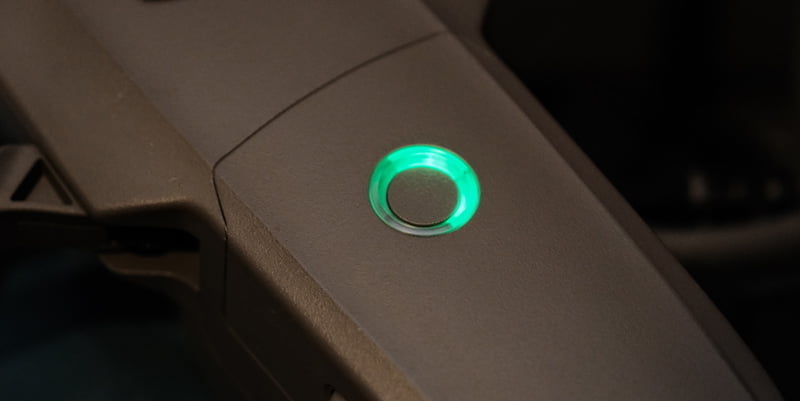
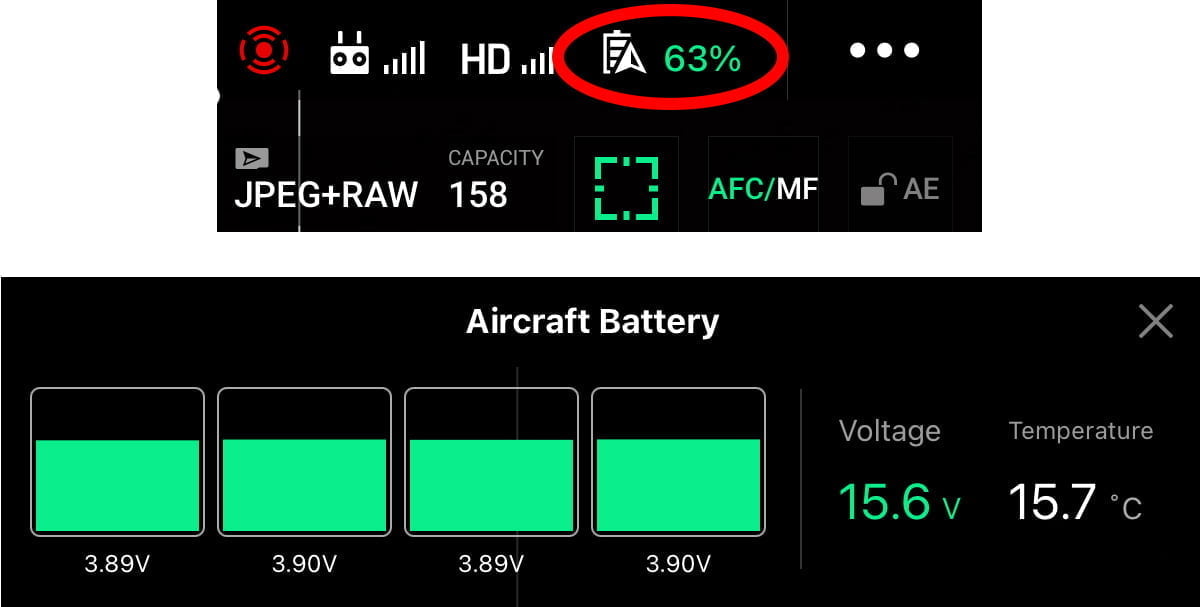
Temperature
If your drone batteries are cold prior to use, make sure you preheat them in your house or a warm car. And if you plan on being out in colder weather (like below 55F, which isn’t cold to some of us, but is to batteries), make sure you keep them warm.
One little trick to keep them warm is to microwave a bag of rice for 5-10 minutes (sans battery!) and then keep the batteries in this rice. It will keep them warm for quite a while.
Yes, the batteries can preheat themselves at the beginning of a flight. Try to avoid this by simply preheating them yourself. When the battery has to preheat itself, its output is significantly decreased and it has a risk of entering thermal runaway.
The batteries should not be too hot when you install them in your drone either. Again, thermal runaway and decreased output. If they’ve just come off the charger, let them cool first. Do not keep them in direct sunlight.
You should be able to comfortably hold them in your hands without thinking, wow, that’s hot! If that’s the case, something is wrong.
Visual inspection
Your drone batteries should look and feel normal. They shouldn’t have any cracks or bulges or dents or anything abnormal like that. Properly dispose of the battery if they do.
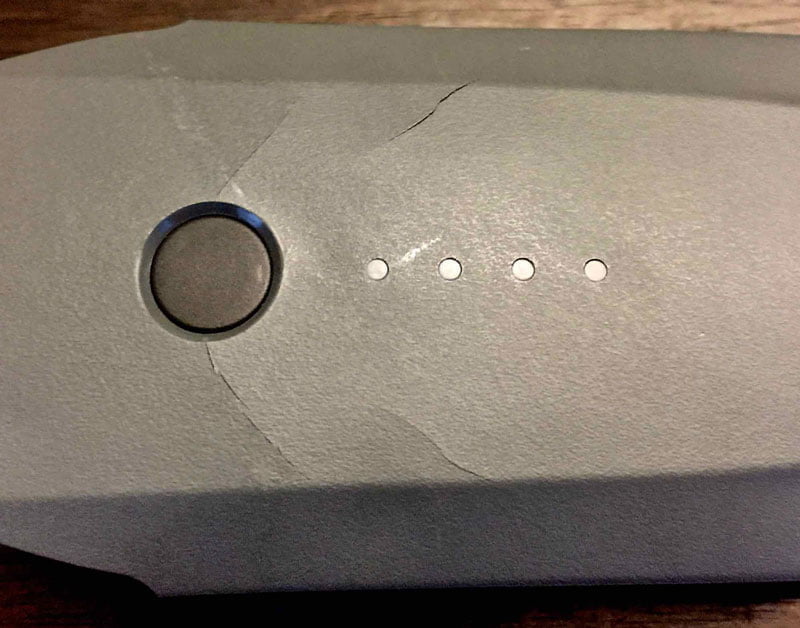
Hover check
It’s a good habit to check your flight controls in a basic hover right after you take off. If your drone has controllability issues, they’ll most likely show now.
But the other advantage of doing this is that it will allow your drone and battery to warm up properly, which will prolong the overall flight and keep your batteries in good condition.
Checking the charge condition
Check your drone battery voltage during your hover check, under load. Do not just look at the battery percentage. Make sure you’re looking at the voltage.
Open the battery menu (tap on the battery status indicator on the main screen) and check that all cells are the same; one isn’t discharging faster than the others. They should be within about 0.04V of one another.
A fully charged battery showing 99-100% should be approximately 4.2 to 4.3 volts per cell. If your percentage shows 99-100% but the voltage is less than 4.0 volts per cell, something is wrong. Do not fly with that battery.
If your drone also allows you to show the battery voltage on the main screen, this is a good thing to have. It will show you the lowest cell voltage on your main screen so you can quickly see if there’s a problem.
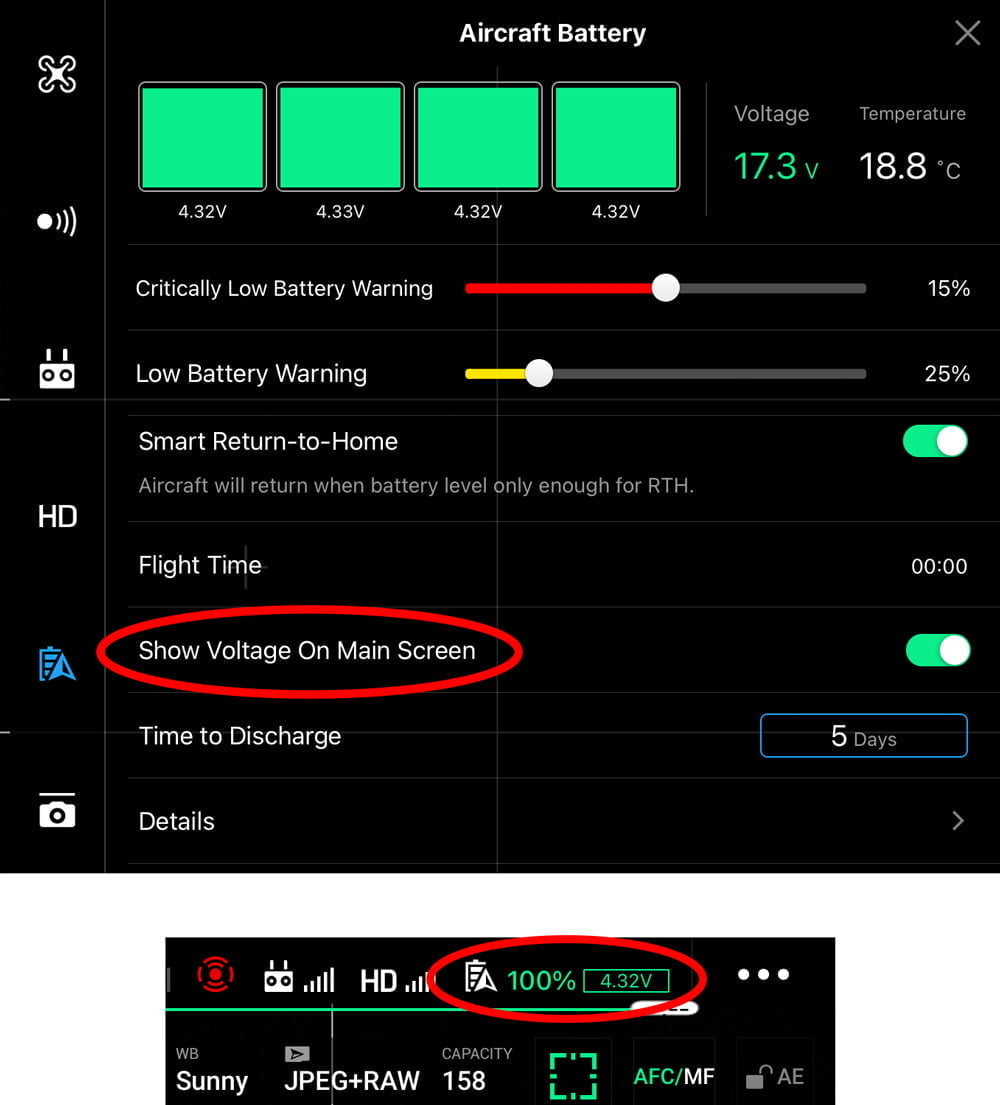
During flight
We all want to squeak out every last minute of flight time.
But try to avoid flying the battery below 20%, especially in extreme hot or cold weather. This will further degrade future battery performance.
Drone battery storage & charging summary
Time
- Storage for 24-48 hours: fully-charged is okay.
- Longer than 48 hours: store at 40-50%.
- Longer than 10 days: be sure to charge the battery before flight even if showing acceptible percentage level (is in self-discharge mode).
- Never store a battery for long-term below 20%.
- Every three months, fully charge then hover to 20%.
Temperature
- Ideal storage temperature around 60F.
- Keep batteries warm if operating below 55F.
- Keep batteries cool if operating above 90F.
State of Charge
- Should be 4.2-4.3 volts per cell at 99-100%.
- All cells within 0.04 volts of each other.
- Never below 4.0 volts per cell for any battery percentage level.
- Permanent cell damage below 3.0 volts.
- Enable Voltage on the main screen if able, to monitor cell status.
Proper drone battery storage & care will maximize their life.
They’re kinda like elastic bands. They can be stretched and returned to their original length quickly when new. Eventually, simply due to prolonged use, this elasticity will wear off. The elasticity will really wear off faster if stored stretched or used in extreme temperatures. Batteries, however, are much more expensive than elastic bands.
If you have any questions, comments, or tricks, please leave them below.

Kurt
Saturday 14th of January 2023
DJI told me I should discharge the battery completely every 3 months. I thought it was bad to discharge completely. Your thoughts?
John Peltier
Saturday 14th of January 2023
By “completely,” did they mean down to 0? Everything I’ve ever owned that used a battery like that warned against completely discharging the battery because it can cause permanent damage to the cells. There’s gotta be a reason for that and I don’t know what would make their cells “special.” My personal thoughts would be to avoid that, and just discharge down to 20% or so to “reset” them.
Doug
Saturday 7th of January 2023
Great info thanks, l have been doing what is required with great success.
Liam
Wednesday 30th of November 2022
Ok this is great Intel...I get it BUT over winter when I'm not flying should Batts be stored in the charging hub or separately in my hard drone case
John Peltier
Thursday 1st of December 2022
Your batteries should never be stored on the charging hub unless the charging hub is unplugged, because of the fire hazard. I'd just rather keep them in a hard case to keep the dust off and have everything together. Before you put them in this long-term storage, just fly them down to 50% or so. That should put them in a good hibernation state. Then in the spring, fully charge them, fly them down to about 20%, and fully charge them again before flying to reset all of the circuits and get the most flight time possible out of them.
Mark
Tuesday 25th of October 2022
Formidable! Thankyou!!
Dave
Friday 20th of May 2022
Geez. This is a wealth of information to my noobie mind. Thanks.
John Peltier
Saturday 21st of May 2022
You’re welcome! Those drone batteries are quite a bit more finicky than people may realize.